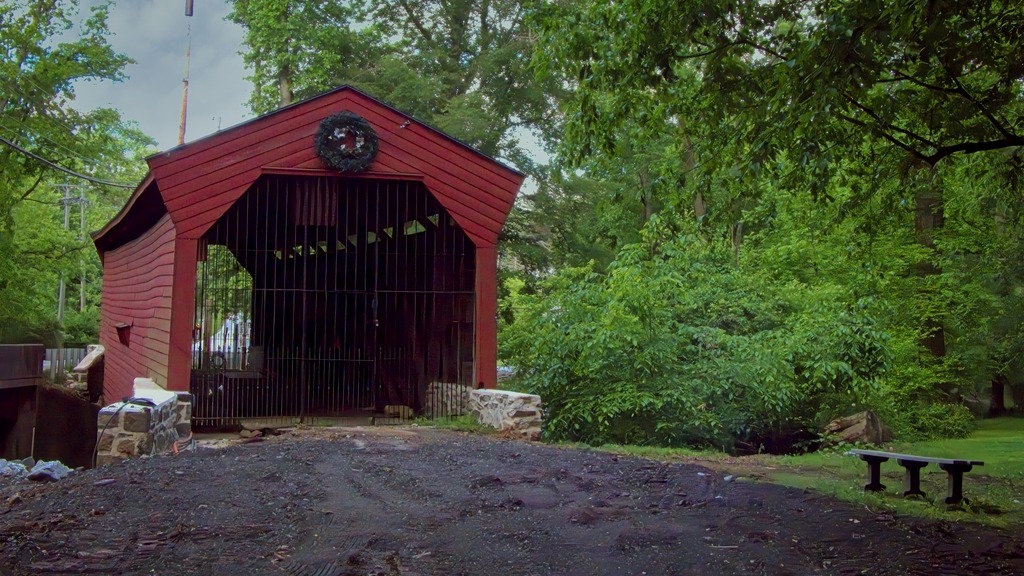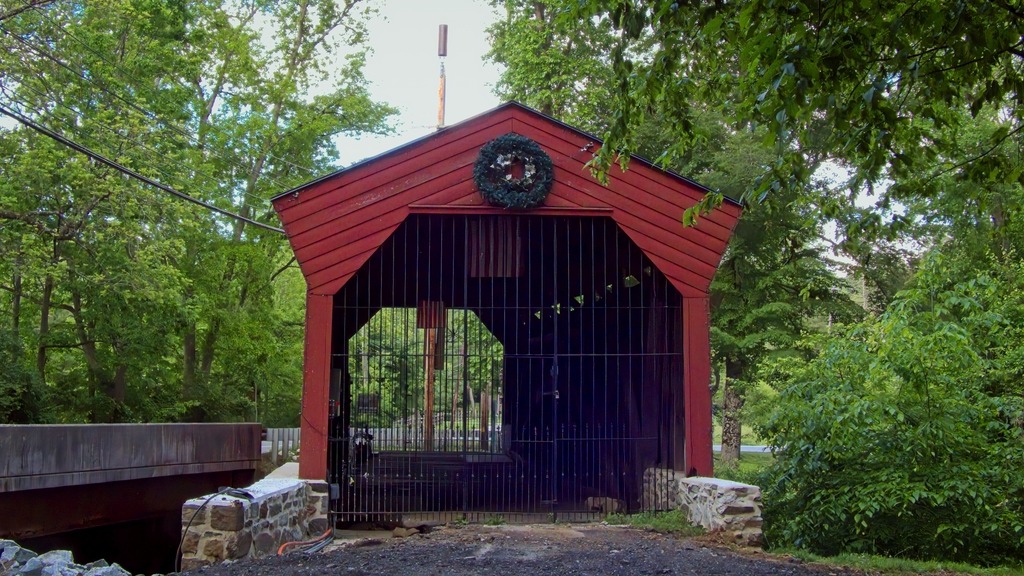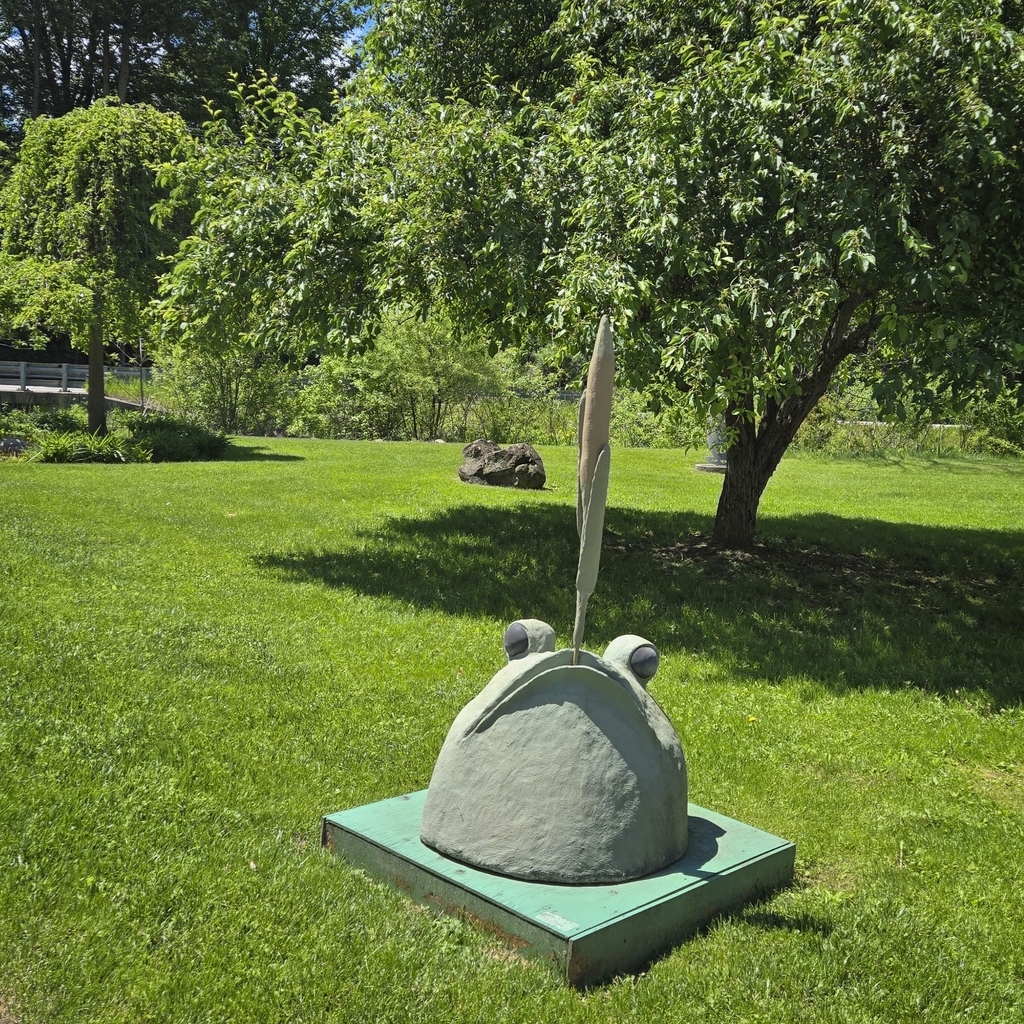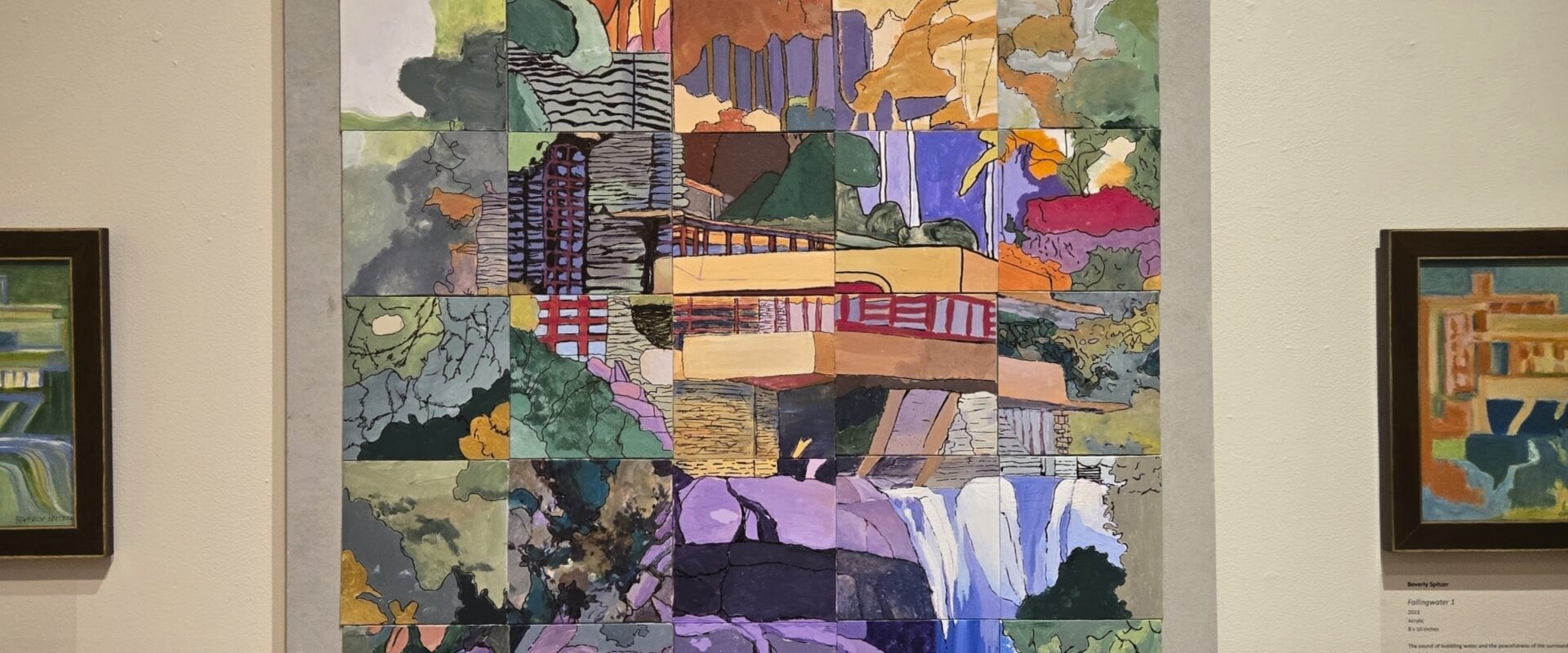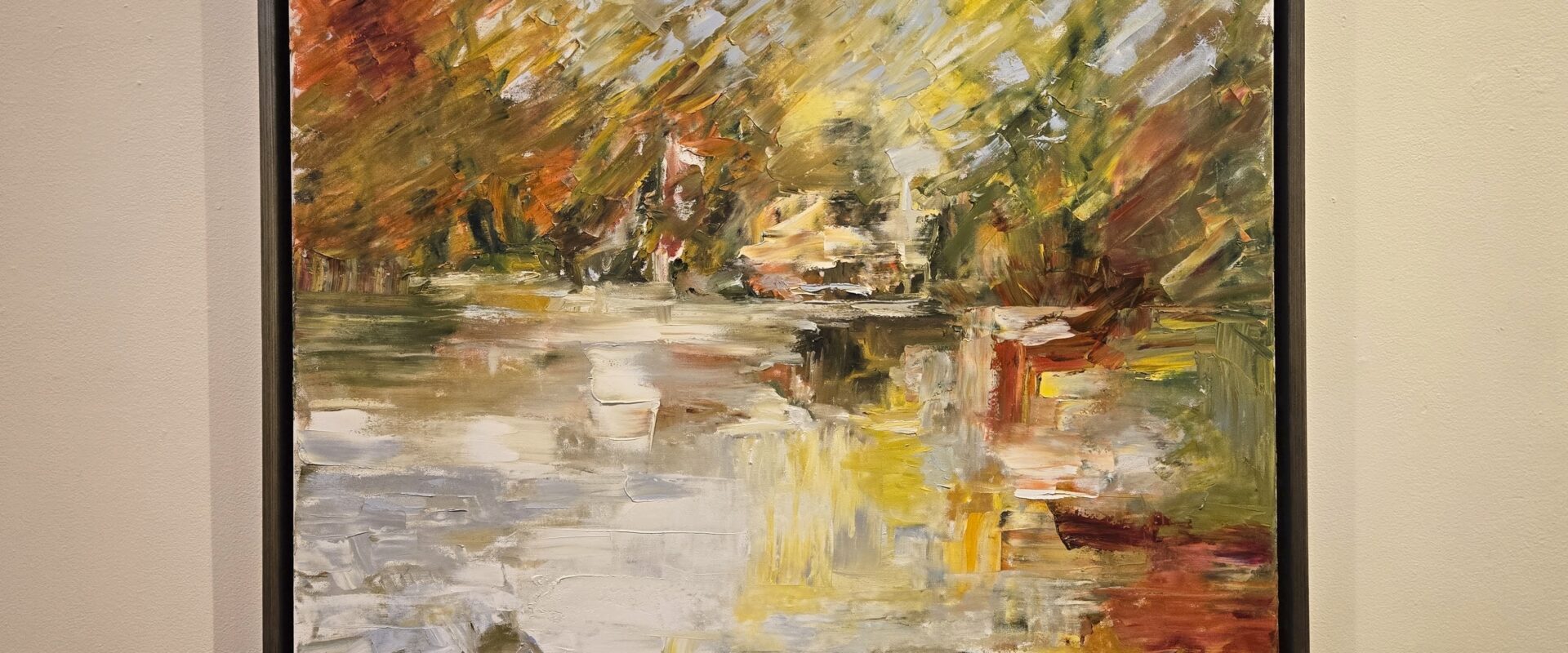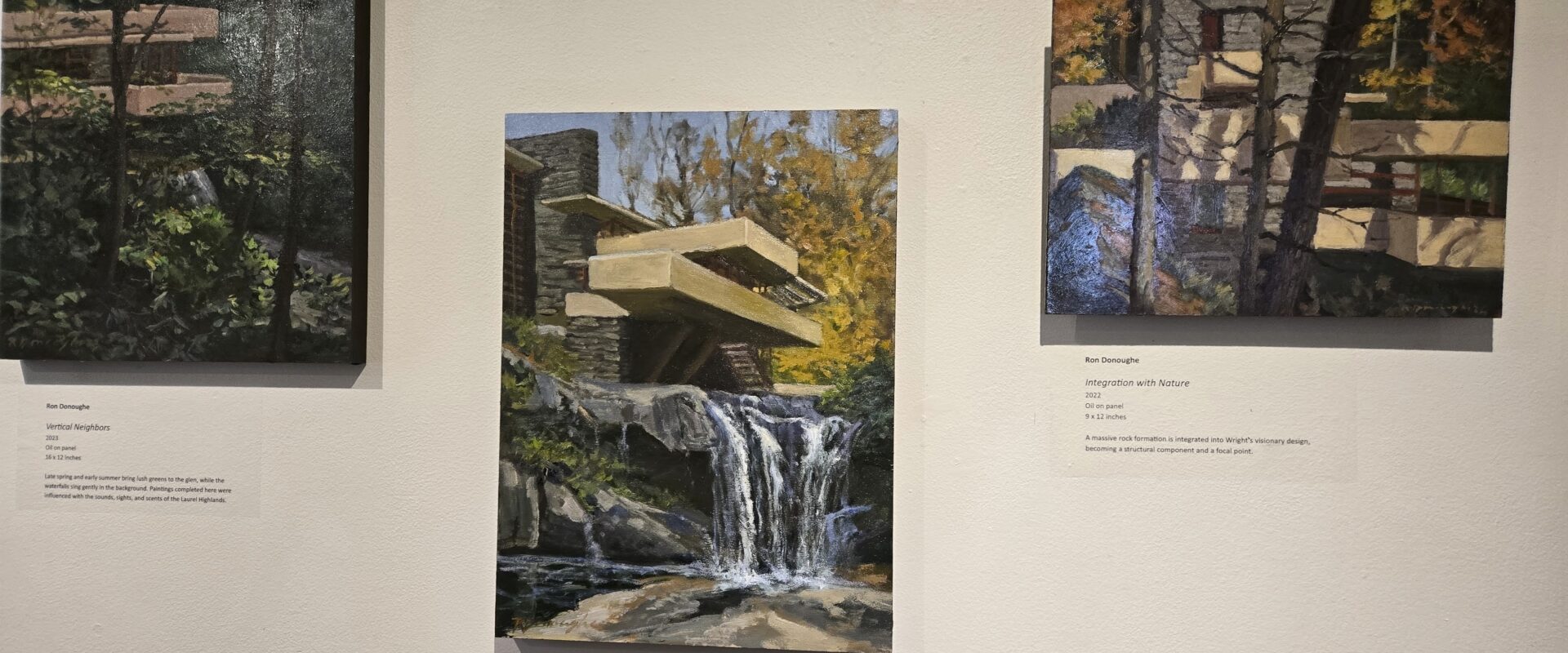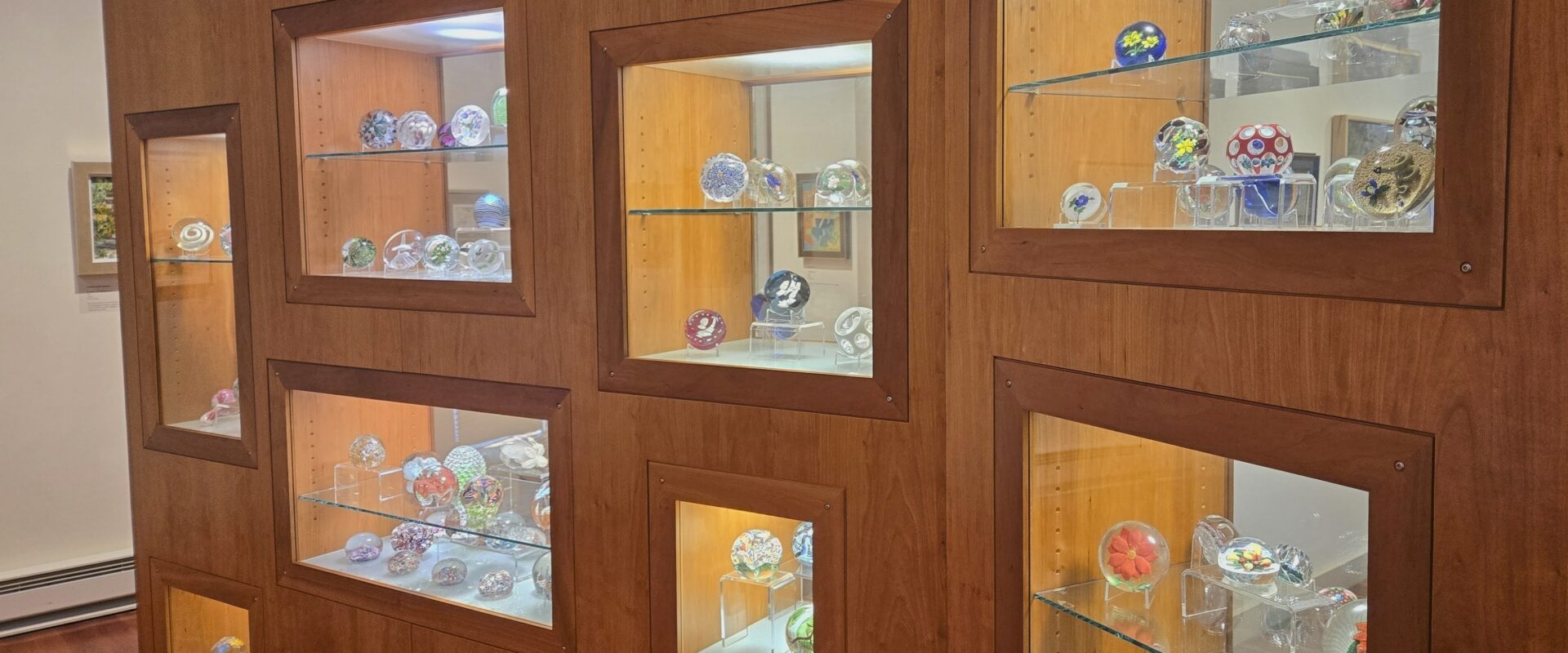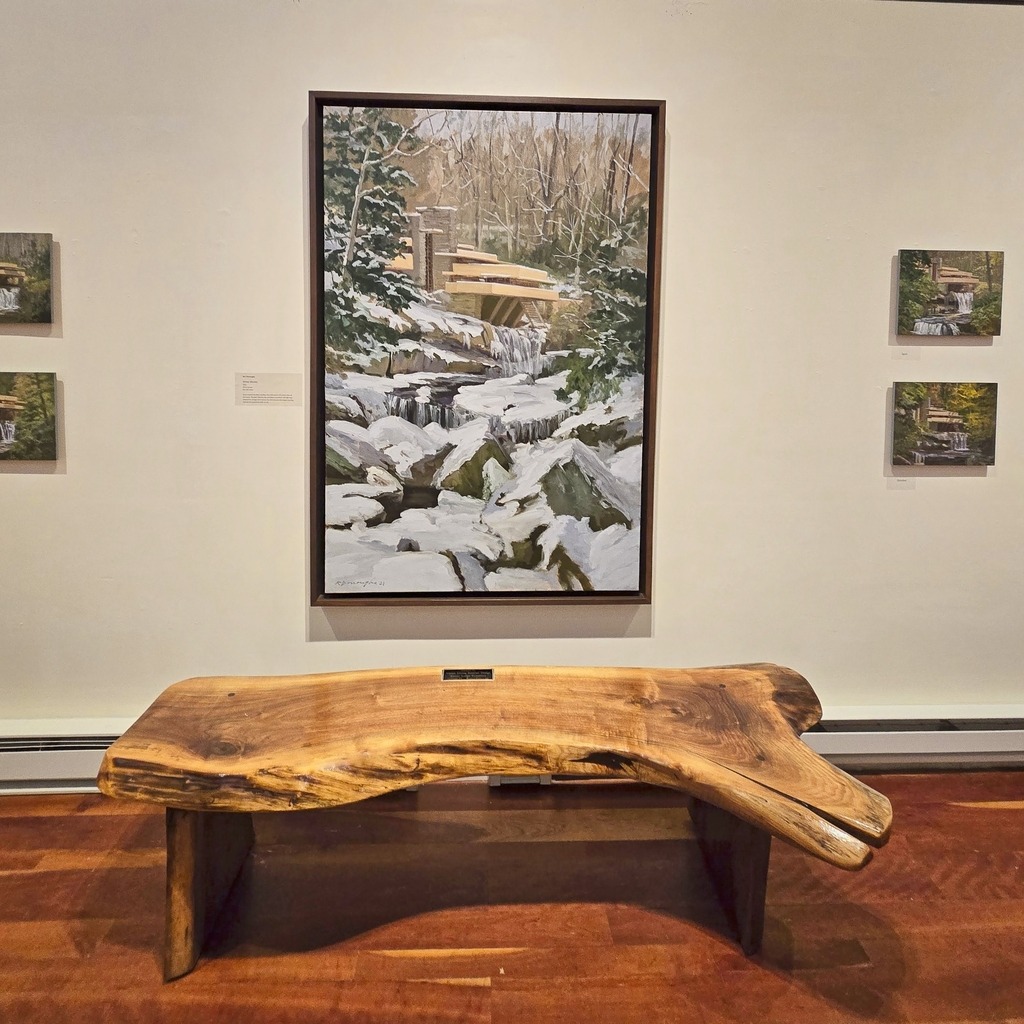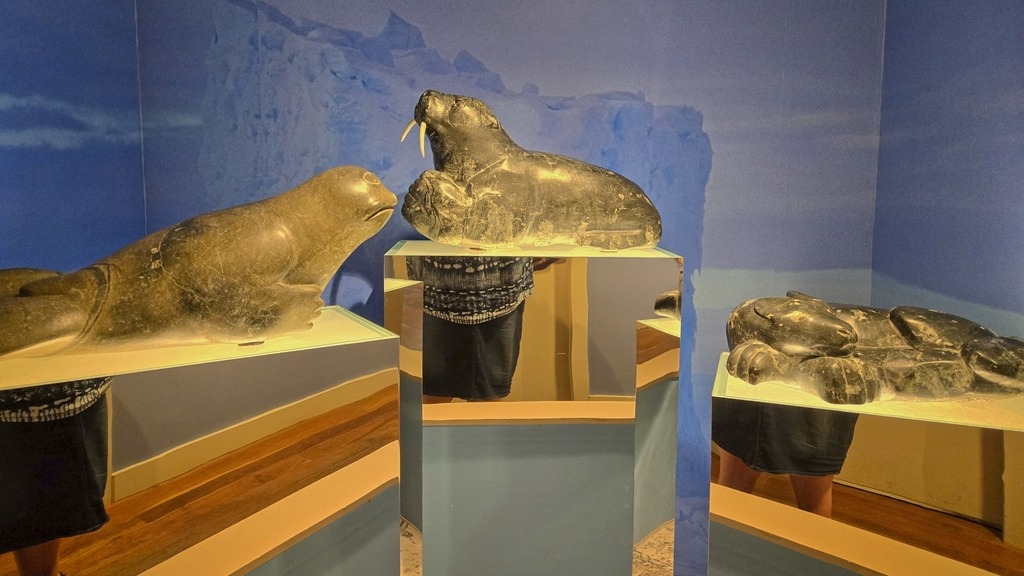The Paper Mill Museum is a historic three story stone building along Darby Creek in Newtown Township, Delaware County that contains an 1850’s era general store, and three levels of a local history museum containing artifacts representing the history of Newtown Township. The original building was constructed in 1828 to house four families that worked at the local mills along the Darby Creek. An addition was built in 1845 to contain a general store that served the community that grew up around the mills. In the immediate area of the site were the William Crosley Woolen Mill (1828-1861) and Casper S. Garrett’s Union Paper Mill (1869-1889). The building overlooks the creek and a stone bridge that carries St. David’s Road over the creek. A modern wooden pedestrian bridge over the creek connects the building to the parking area for the site.
Along the creek in the area are archeological remains of both old mills, including building foundations, the millrace, and other traces of the mill activity. The site was recognized as historically significant in 2002 when it was placed on the National Register of Historic Places.
The structure stood in ruins in the early 1980’s, without a roof, without a use, and destined for demolition. However, the history of the building and the site was recognized by a small handful of civic minded Newtown residents, and through their efforts and those of many other volunteers, the building was acquired by the Township, and then enclosed to protect it from the elements. Over the last 25 years, the Building has been restored, inside and out, and now houses a recreated general store from the mid-19th century, and a museum containing artifacts collected and donated by Newtown residents that represent some of the history of the Township and its people.
Here are some views of the exterior and the grounds:
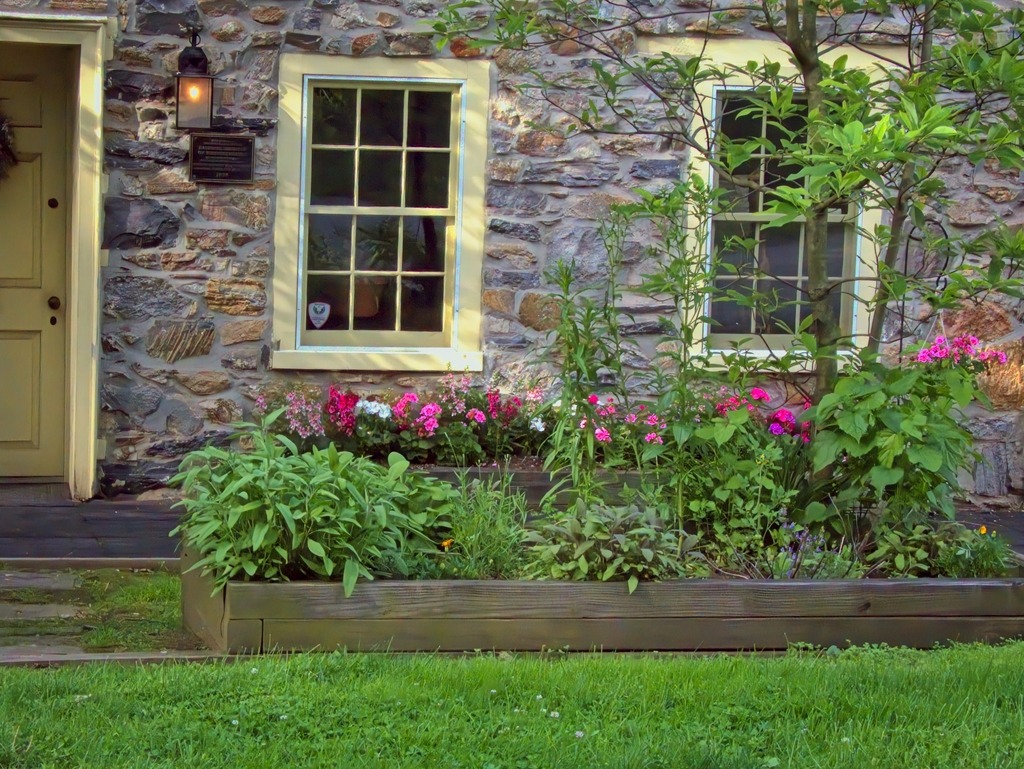
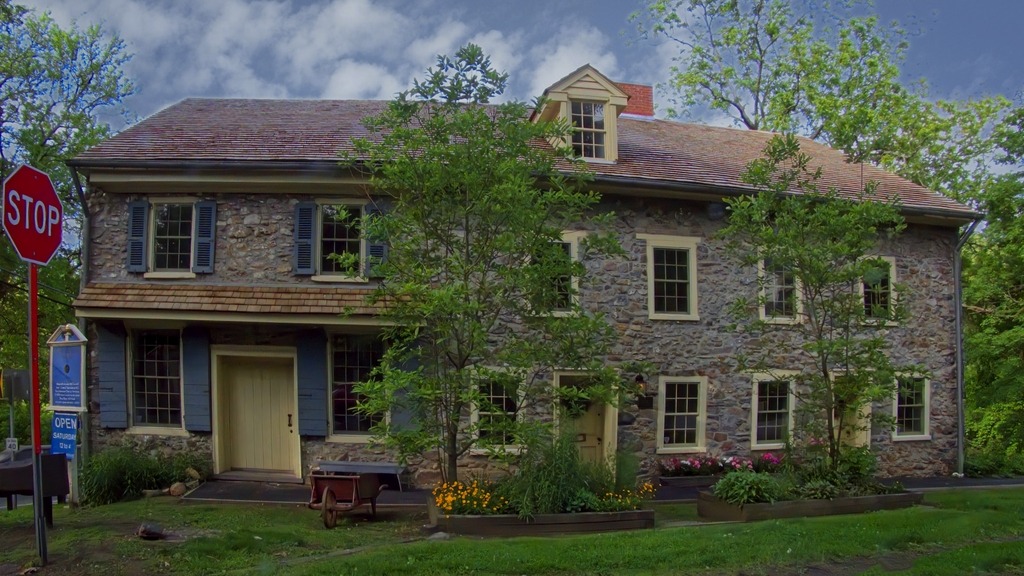
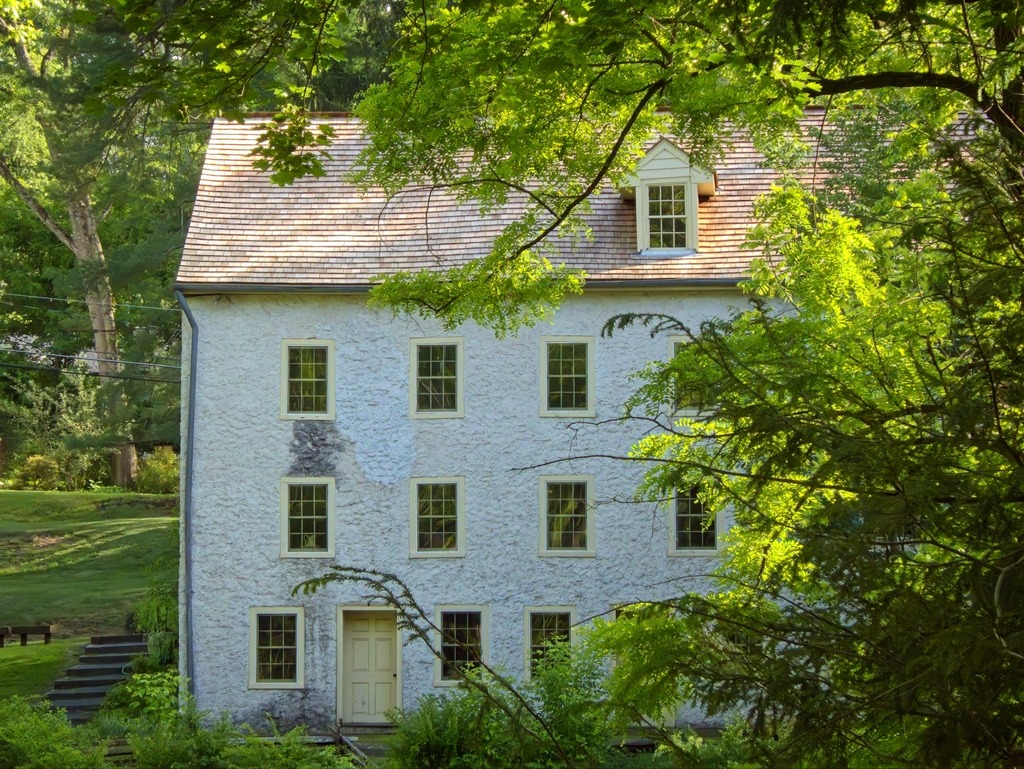
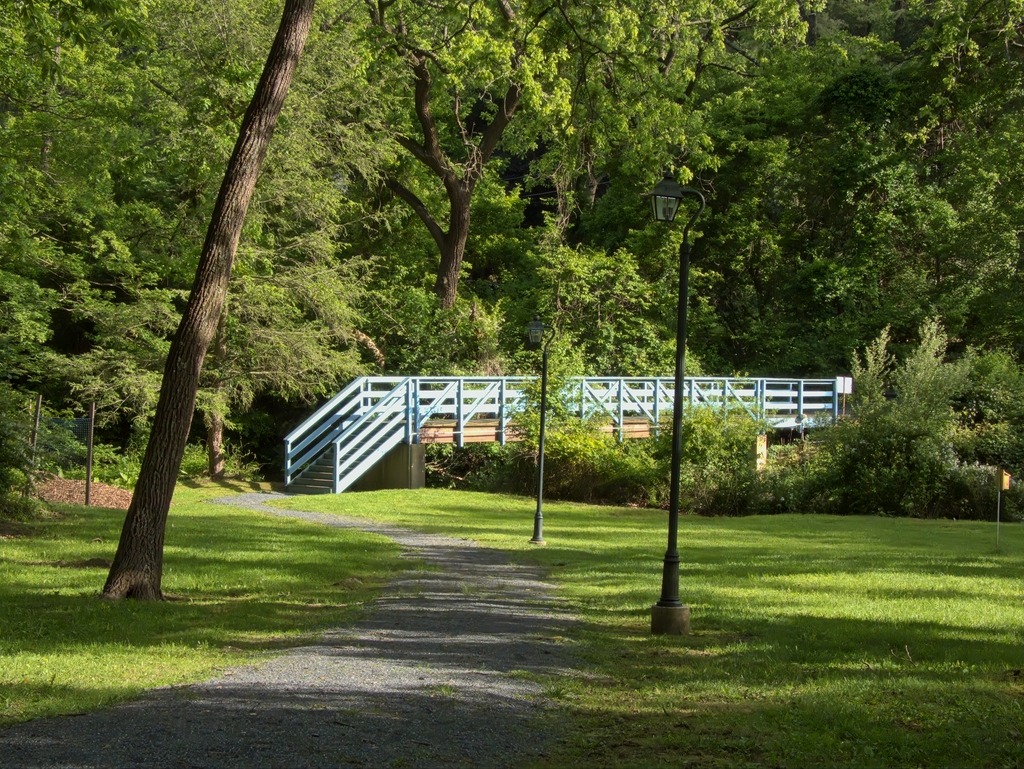
Not far away sits Bartram’s Covered Bridge, which spans the county line between Delaware and Chester Counties over Crum Creek in Newtown Square. As such, it is the last covered bridge remaining in Delaware County, a county which once had over 30 covered bridges. The bridge has unique slanted plank portals, the only bridge in Pennsylvania with this unusual design.
Built in 1860 by Ferdinand Wood, who designed the portals to be “Hi and Wide as a Load of Hay,” the bridge is 80 feet long by 13 feet wide. The original cost of $1,133 to build the bridge was shared by Delaware and Chester Counties. It is named for Mordecai Bartram, an adjacent landowner. The bridge design, pioneered by Theodore Burr, features the Burr Truss, commonly found in Pennsylvania covered bridges of the time. At one time, the words “LINCOLN, Save Union and Congress” were still visibly painted inside the bridge. The last traces of this old graffiti from 1860 are believed to have been lost during the last restoration of the bridge in 1995.
The bridge closed to traffic in 1941. The bridge was first rehabilitated in the 1960’s (at the time by the Marple Newtown Historical Society). After years of neglect, the bridge was restored in 1995, funded by a combination of donations, grants and fundraising. The bridge is on the National Register of Historic Places.
The bridge appears to have had some additional work since I last visited. There is now a gravel parking area on the west side of the bridge, in addition to on street parking on a side street to the east.
